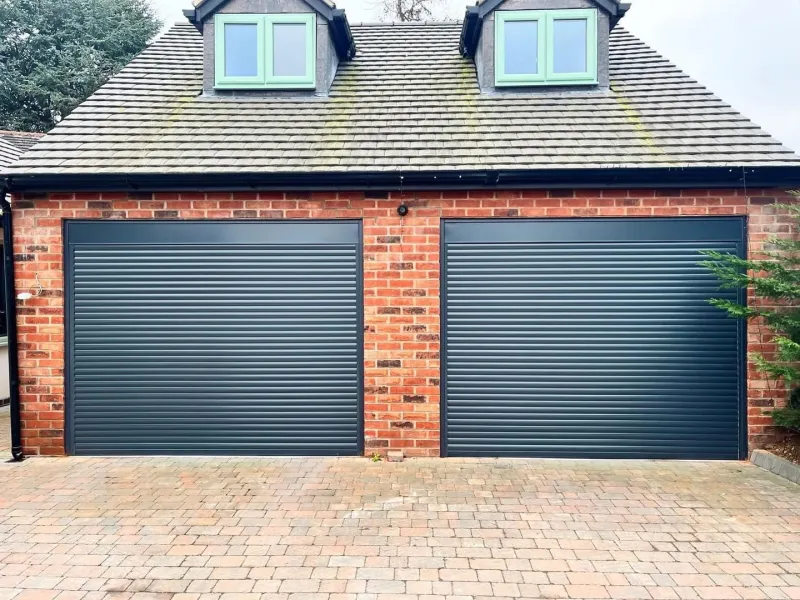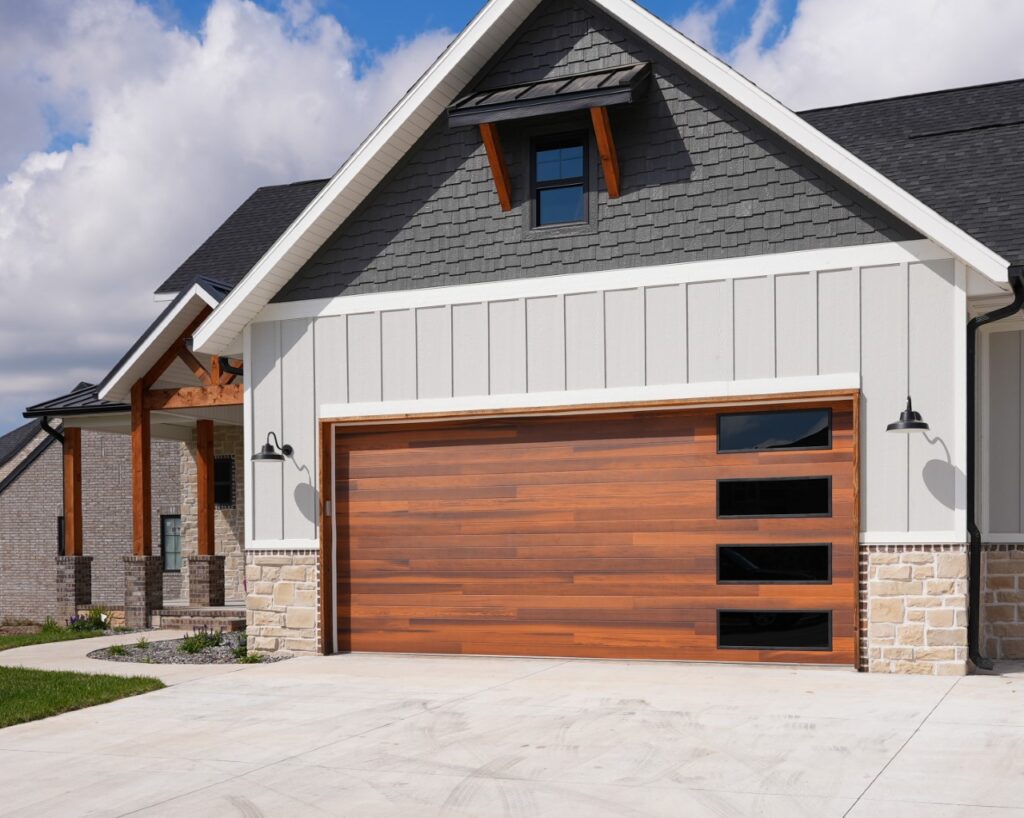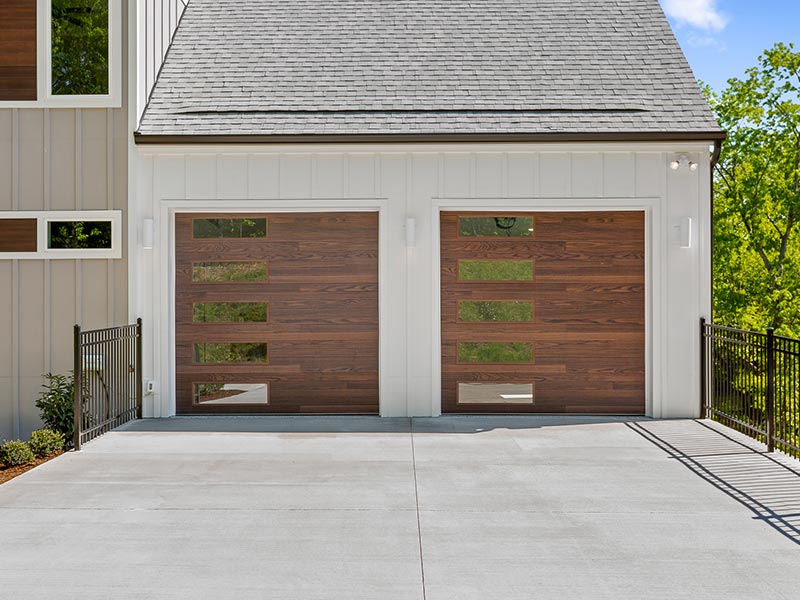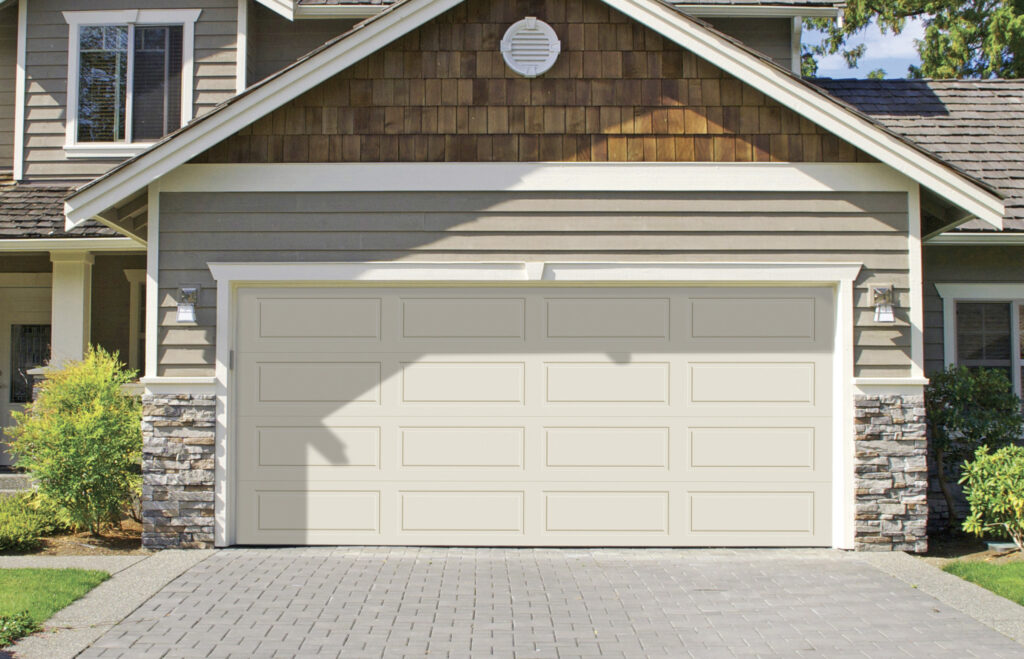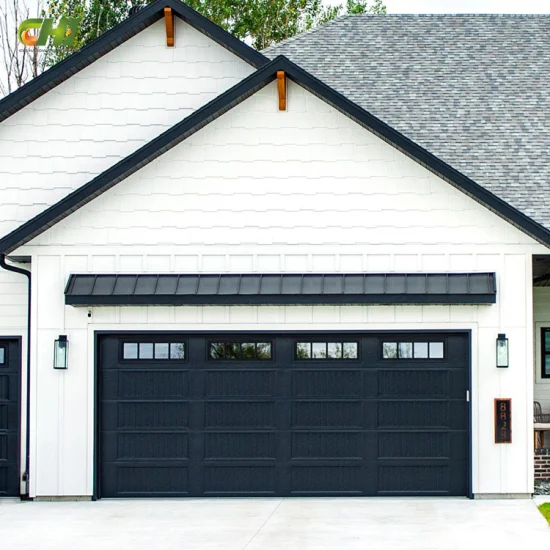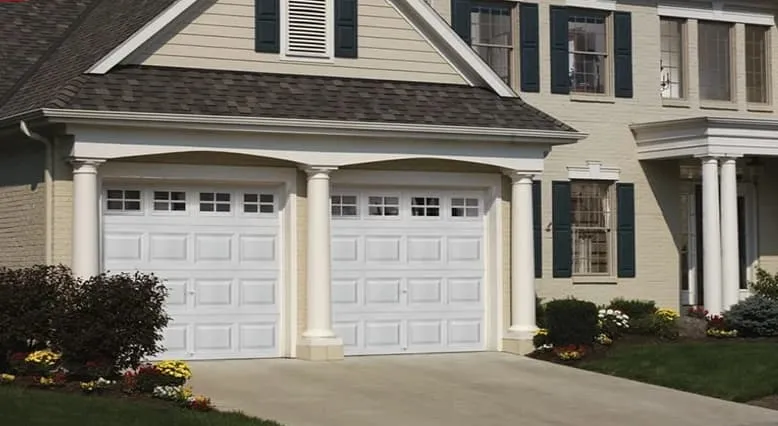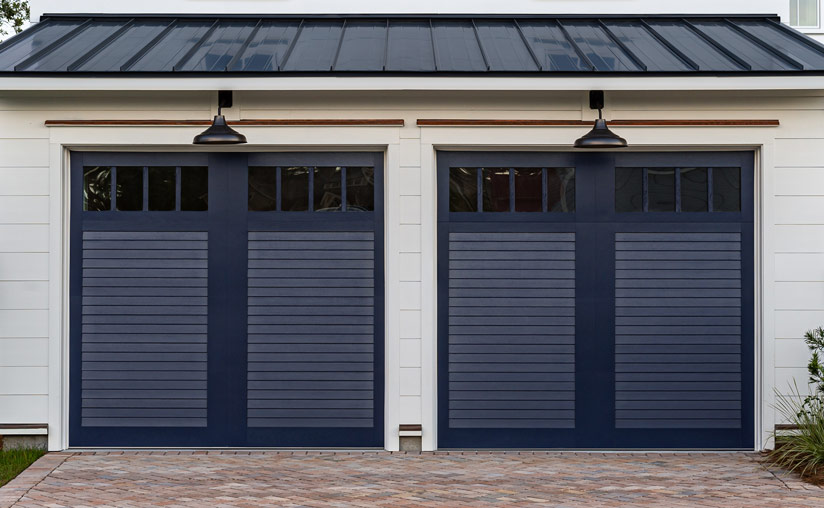Investing in a new Garage Door Repair Cypress TX can enhance the convenience, security, and functionality of your home. LiftMaster, a trusted brand in garage door openers, offers a wide range of products designed to meet various needs and preferences.

In this guide, we’ll walk you through the steps to get a new LiftMaster garage door opener, from choosing the right model to installation and setup.
1. Determine Your Needs
Before purchasing a new LiftMaster garage door opener, it’s essential to assess your needs and preferences. Consider the following factors:
- Type of Garage Door: LiftMaster offers garage door openers for both residential and commercial applications, as well as various types of garage doors, including sectional, roll-up, and swing-out doors. Determine the type and size of your garage door to ensure compatibility with the opener.
- Features and Technology: LiftMaster garage door openers come with a range of features and technologies, such as smartphone connectivity, battery backup, Wi-Fi compatibility, and security enhancements. Identify the features that are important to you and your household.
- Budget: Set a budget for your new garage door opener, taking into account not only the initial purchase price but also any additional accessories or installation costs.
2. Choose the Right Model
Once you’ve identified your needs and preferences, it’s time to choose the right LiftMaster garage door opener model. LiftMaster offers a variety of models with different features and capabilities. Some popular options include:
- LiftMaster Belt Drive Openers: Known for their quiet operation, belt drive openers are ideal for homes with living spaces above or adjacent to the garage. They offer smooth and reliable performance with minimal noise.
- LiftMaster Chain Drive Openers: Chain drive openers are durable and reliable, making them suitable for heavy or oversized garage doors. While they may be slightly noisier than belt drive openers, they offer excellent value and performance.
- LiftMaster Screw Drive Openers: Screw drive openers are known for their simplicity and reliability. They require minimal maintenance and are suitable for most residential garage doors.
- LiftMaster Wall-Mount Openers: Wall-mount openers, also known as jackshaft openers, are mounted on the wall beside the garage door, freeing up ceiling space for storage or overhead lighting. They’re an excellent option for garages with low ceilings or obstructed ceiling space.
Choose the model that best meets your needs, budget, and preferences, and consider consulting with a professional garage door technician for personalized recommendations.
3. Purchase Your New Garage Door Opener
Once you’ve selected the right LiftMaster garage door opener model, it’s time to make your purchase. You can buy LiftMaster garage door openers from various sources, including:
- Authorized Dealers: Purchase directly from LiftMaster’s network of authorized dealers, who can provide expert advice, installation services, and ongoing support.
- Home Improvement Stores: Many home improvement stores carry LiftMaster garage door openers, allowing you to purchase in person and take advantage of store promotions or discounts.
- Online Retailers: Explore online retailers such as Amazon, Home Depot, Lowe’s, and the LiftMaster website itself to compare prices and availability. Be sure to purchase from reputable sellers to ensure product authenticity and warranty coverage.
When purchasing your new garage door opener, consider any additional accessories or features you may need, such as remote controls, keypads, safety sensors, or battery backup systems.
4. Schedule Installation
Once you’ve purchased your new LiftMaster garage door opener, schedule professional installation to ensure proper setup and operation. Many authorized LiftMaster dealers offer installation services performed by trained technicians who are familiar with LiftMaster products and can ensure safe and reliable operation.
During installation, the technician will:
- Mount the opener to the ceiling or wall, depending on the model.
- Install and program remote controls, keypads, and other accessories.
- Align and test the garage door for smooth and reliable operation.
- Demonstrate how to use the opener and its features effectively.
Professional installation ensures that your new garage door opener is installed correctly, minimizing the risk of malfunctions, accidents, or damage to your garage door.
5. Enjoy Your New Garage Door Opener
Once your new LiftMaster garage door opener is installed and set up, it’s time to enjoy the convenience and security it provides. With features such as remote operation, smartphone connectivity, and advanced security measures, you can operate your garage door with confidence and peace of mind.
Regularly maintain your garage door opener by keeping it clean, lubricated, and free of obstructions. Follow LiftMaster’s recommended maintenance guidelines and schedule periodic inspections and tune-ups to ensure optimal performance and longevity.
By following these steps, you can get a new LiftMaster garage door opener and enjoy the benefits of a reliable and convenient garage door operation for years to come.
Conclusion:
Getting a new LiftMaster garage door opener involves assessing your needs, choosing the right model, making your purchase, scheduling professional installation, and enjoying the convenience and security it provides. By following these steps and working with authorized dealers and professional technicians, you can ensure a smooth and successful installation process and maximize the performance and longevity of your new garage door opener.
Garage Door Wizard
17302 House & Hahl Rd Suit 208, Cypress, TX 77433, United States
1-832-373-7681

